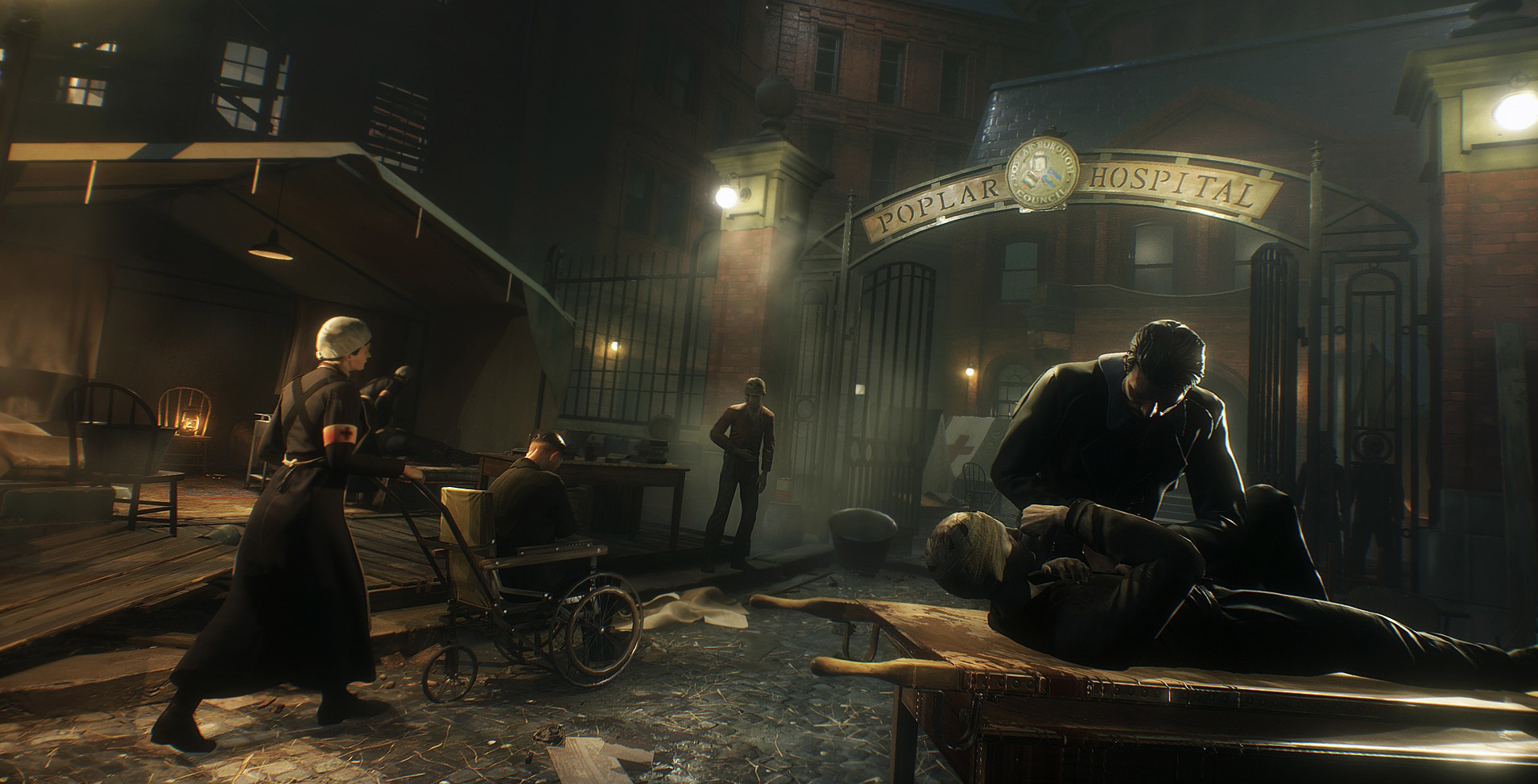Down with the sickness
At a cursory glance, Vampyr, developer Dontnod Entertainment’s third game, could not be any more different from Life is Strange. One’s an action role-playing game set in early 1900s London; the other is an exploration- and narrative-based drama. After getting a 15-minute look at Vampyr, there’s a lot more similarity between the two than anyone would guess.
It’s not the surface details that give away the connection between Vampyr and Life is Strange, though. Instead, it’s the underlying theme. Like Life is Strange, Vampyr constantly gives the player new ethical quandaries and asks them to decide between options that don’t necessarily have an obviously-right answer.
Murder seems to be the central conceit for all of Vampyr‘s moral choices. As its namesake suggests, Vampyr is about a vampire. That’s the protagonist, Dr. Jonathan Reid, a medical professional who also has a thirst for blood. He’s caught between helping patients and killing them to sustain his own life.
Complicating matters is the state of the game’s 1918 London. The Spanish Flu has broken out and it’s offing people in a matter of days. Frankly, the town is going to hell in a handbasket. Dr. Reid could prevent that or, at least, slow it down. We were given a quick look at how the Whitechapel district might turn out if someone played selfishly. It was run-down, things were on fire, and zombie-like civilians slowly roamed the streets. It was far from idyllic.
It doesn’t have to get that bad, though. He can (theoretically) balance his doctor and monster instincts to keep the city as close to in order as possible. But killing some people will be necessary; Dr. Reid just has to be smart about it.
Vampyr has a couple of systems in place to make the vampire parts more manageable. There’s an Arkham-like detective-vision that offers insight as to how healthy each person is. There’s also branching dialogue a la Mass Effect that helps reveal information about potential victims. The idea seems to be that scoundrels and lowlifes are better dead rather than upstanding citizens.
While we’re making comparisons to other games, I’d be remiss if I didn’t mention the Bloodborne connections. London at night (which is the only time we saw during the demo) evokes a lot of the same gothic overtones as From Software’s 2015 masterpiece. Also, the combat seemed somewhat reliant on the melee-to-gun combination that made Bloodborne a quicker affair.
There’s a lot to unpack with Vampyr. There are a lot of systems to learn, parallels to draw, and choices to make. Our short presentation touched on all of it but sufficiently delved into none of it. I may not yet be convinced that it’ll work, but I’m certainly more curious about if it can work. I’m one step closer to inviting a Vampyr into my house; that always turns out fine, right?


